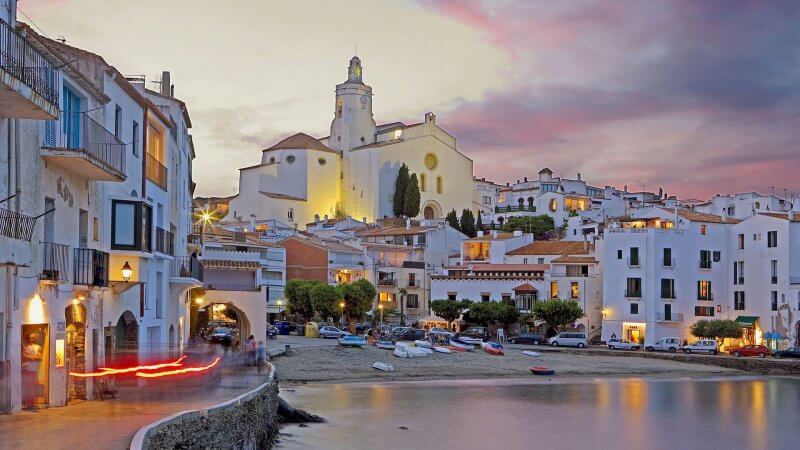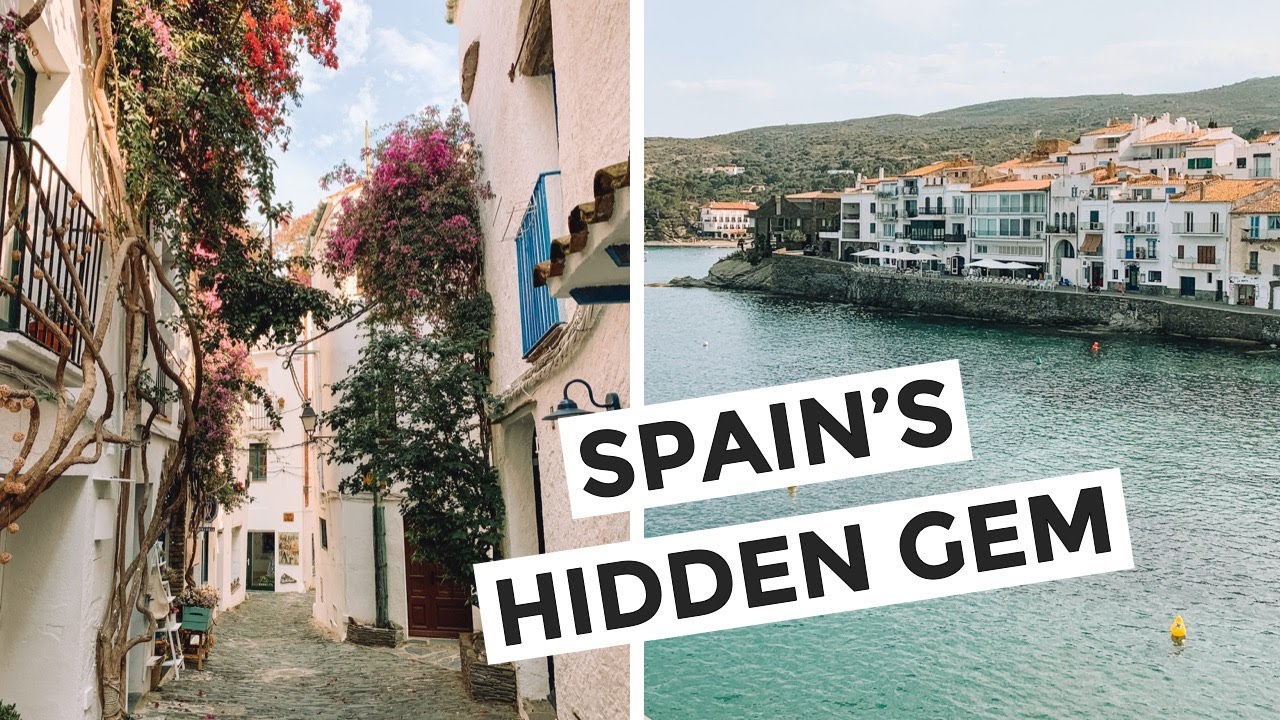The small picturesque town of Cadaques (Spain) is located in the north-eastern part of the country, on the Cap de Creus peninsula – where the Mediterranean Sea meets the Pyrenees Mountains. Cadaques, comfortably located on the Costa Brava coast, is located 170 km from Barcelona and 80 km from Girona. But the border dividing Spain and France is only 20 km from Cadaques.
Due to its geographical location, Cadaqués remained isolated from the rest of the world until almost the end of the 19th century. That is why the small population of this city (just over 2,000 people) still speaks a Catalan dialect that is not understood even by many native Spanish residents.
At the beginning of the 20th century, rich and noble families from neighboring Barcelona, Figueres and Girona began to come to Cadaques to relax on the seaside. Cadaques soon acquired the reputation of the “Spanish Saint-Tropez”, where the rich and bohemian public flocked for the summer.
Interesting fact! Famous artists Salvador Dali and Pablo Picasso lived here for a long time and drew inspiration from them. Garcia Lorca, Marcel Duchamp, the Duke of Windsor, Walt Disney, Gabriel Garcia Marquez, Mick Jagger also vacationed here.
Nowadays Cadaques has lost its reputation as an elite resort, but it is still a functioning Mediterranean resort with good beaches and is always popular with tourists.
e is also a charming town with a rich history and a bohemian-artistic reputation. Of course, Cadaques has attractions – perhaps fewer than other cities in Spain, but none the less interesting.
Salvador Dali House Museum

In the Bay of Port Lligat there is an iconic landmark of Cadaqués, part of the “Dalí Triangle of Spain”: this is the house where Salvador Dalí lived from 1930 to 1982. The other two objects of the “triangle” are the theatre-museum in Figueres and the castle in Púbol.
Dali’s house in Cadaqués is as extraordinary and mysterious as its genius owner. You can recognize this house right away, and even from afar: two rather creepy-looking metal heads stick out above the building, one of which is split. Right at the entrance to the back there is a huge stuffed bear with necklaces on its neck and a lamp in a wicker lampshade in its front paw. In the rooms and in the yard there are many stuffed animals and birds – the artist had a strange attachment to them. There are many different creations of the genius surrealist here, among them there are absolutely amazing paintings: if you look at them from one angle, you can see one image, if you change the angle – a completely different one. There are so many exhibits here that you can look at them endlessly, but the tour is structured so that you can linger in each room for no more than 2-3 minutes.
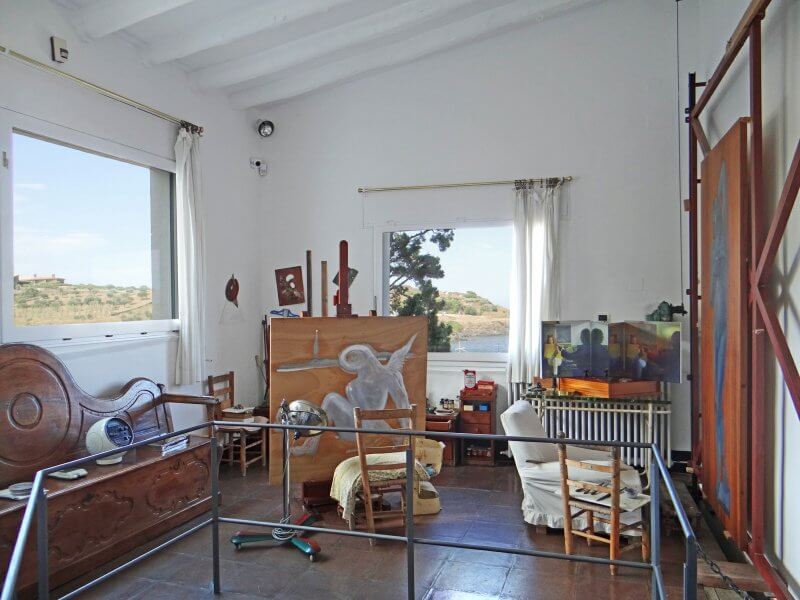
The Dali Museum in Cadaques includes a compact courtyard and garden, which also have many interesting attractions. In the courtyard, where flower pots are placed everywhere, there are gazebos, a summer dining room, and a small pool. Among the olive and pomegranate trees, various exhibits in the art house style unexpectedly open up to the eye. For example, the installation “Christ from Garbage”, which Salvador built from trash washed ashore by the sea waves. More aesthetically pleasing is the snow-white dovecote, on the roof of which there is a huge egg. Here you can also see a broken wooden boat, from which a cypress tree grows – the artist captured this landscape in one of his paintings.
Interesting fact! This museum does not have a museum feel, it has the atmosphere of a residential building. But this house causes different impressions in people: many experience a state of euphoria, and some experience dizziness and headaches.
Practical information
Address of the Salvador Dali House-Museum: Calle Port Ligat s/n, 17488, Cadaqués, Spain.
Opening hours for this attraction:
| Date and month | Opening hours | The last entrance to the house | The last entrance to the garden |
|---|---|---|---|
| From January 1st to January 6th | from 10:00 to 18:00 | 17:10 | 16:30 |
| From January 7 to February 10 | closed | closed | closed |
| From February 11 to June 14 | from 10:30 to 18:00 | 17:10 | 16:30 |
| From June 15 to September 15 | from 9:30 to 21:00 | 20:10 | 19:30 |
| From September 16th until the end of December | from 10:30 to 18:88 | 17:10 | 16:30 |
The museum’s day off is Monday. Although there are exceptions when this attraction is open on Mondays. Therefore, before visiting, you should always check the opening hours on the official website.
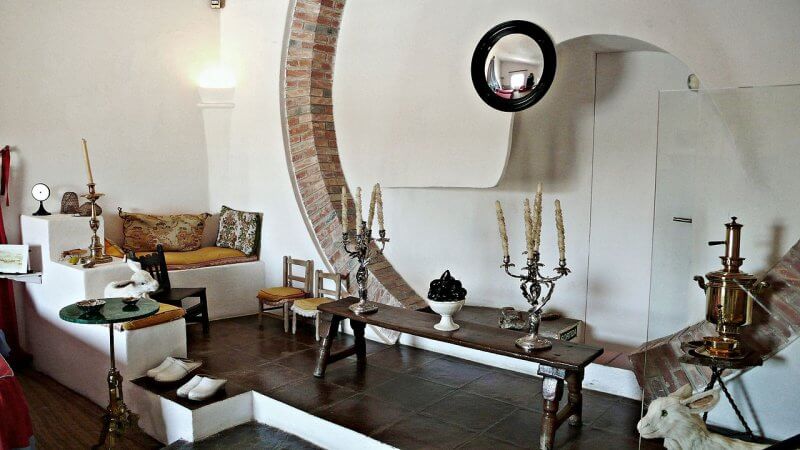
Tickets must be booked in advance on the website or by phone, and collected at the box office before visiting. Ticket prices:
| House and garden inspection | Walk in the garden | |
|---|---|---|
| Full ticket | 12 € | 6 € |
| Ticket for schoolchildren under 16 and pensioners over 65 | 8 € | 5 € |
The museum is small, tourists are allowed in groups of 10 people maximum – otherwise it’s impossible to miss each other. The group is always accompanied by a guide in the house, excursions are only in Spanish, French and English. The walk in the garden is without a guide, independent.
Advice! Absolutely all bags of any size must be immediately checked into the storage room, otherwise they will not let you into the house!
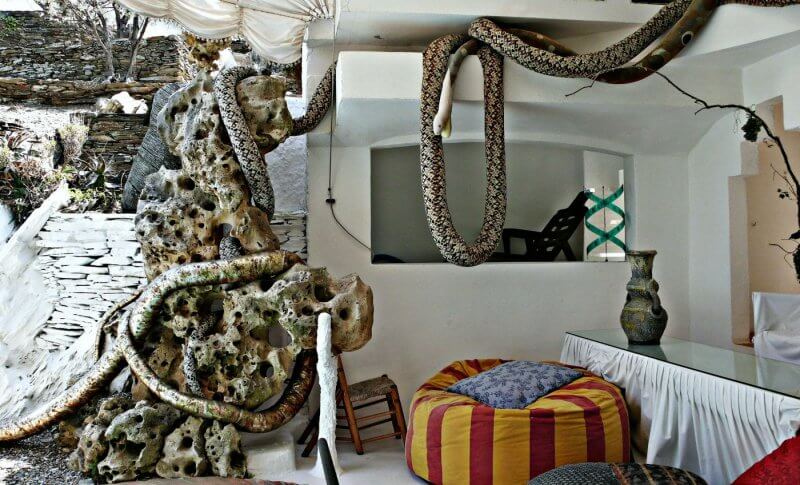
What else to see in Cadaqués
There are other attractions in this small town that are worth visiting.
Monument to Salvador Dali
In the center of the embankment, near the city beach, there is a statue of Salvador Dali – it is not difficult to find. The statue, made in life-size, looks very realistic! It seems that the famous artist simply went for a walk by the sea and stopped, turning towards the city.
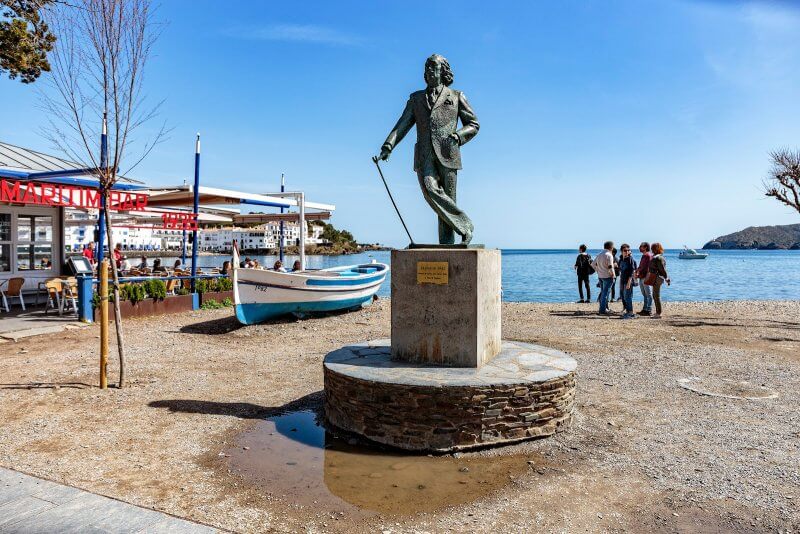
The Salvador Dali monument is not a remarkable landmark from an artistic point of view. However, it is very appropriate in Cadaqués, the city where the master of surrealism spent most of his life.
By the way, the Dali monument is never alone: locals often sit on the pedestal, and tourists who come to see Spain and Cadaqués to take a photo against the backdrop of the statue line up.
Church of St. Mary
The Church of Santa Maria is located on a hill, in the highest place of the town. From the observation terrace there are wonderful views of the town and the Bay of Cadaqués. An unusual road leads up to the church – it is laid out of stones that were installed vertically.
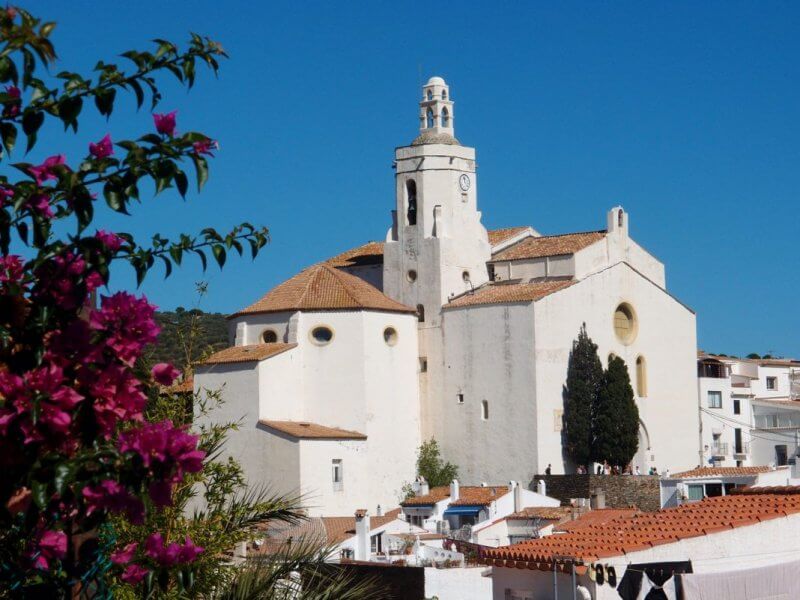
Esglesia de Santa Maria is also a historical landmark, as it was built in the 16th century. Perhaps the most interesting thing that attracts attention inside the building is the luxurious Baroque altar, recognized as the most beautiful in Catalonia. For €1, you can ask to turn on the altar lighting – a fascinating sight, especially in the dark.
Unfortunately, getting inside is not that easy, since most of the time the church of Santa Maria is closed to visitors. But if you are lucky, the entrance is free.
Attraction address: Calle Eliseu Meifren, Cadaqués, Spain.
What’s interesting in the surrounding area: Cap de Creus National Park
The Cap de Creus peninsula, part of the Verdera mountain range, and the resort towns of La Selva de Mar, El Port de la Selva, Llansa and Cadaqués are all attractions of Spain, known under the general name of the Cap de Creus National Park. The park is huge in its scale (almost 14,000 hectares), but usually it is the Cap de Creus cape that is meant. It is 7-8 km from Cadaqués to the cape, you can get there by car, the road comes out to the lighthouse of the same name.
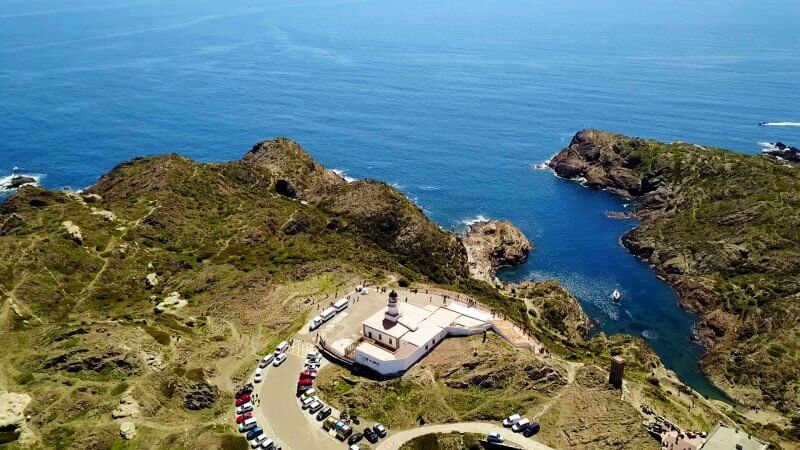
Advice! When going to Cap de Creus, you need to wear a jacket – to protect yourself from the strong tramontana wind, hats – to protect yourself from the scorching sun, sneakers with a reliable sole – to be comfortable walking on rocky paths and climbing on rocky ledges. And one more thing: it is better to refrain from this trip with small children.
The lighthouse houses a museum about the National Park and a tourist information center. The information center gives tourists a free map of the park’s paths. Although the markings on the map are not very good, they will help you to understand at least roughly where the most interesting places are and in which direction to go.
Interesting fact! The Creus Lighthouse is also a landmark. In 1971, it served as the filming location for the feature film “Dangerous Light at the End of the Earth” based on the novel by Jules Verne.
The main and most picturesque attractions of the Cap de Creus Park are the amazing stone formations. Their appearance, complexity and unusualness excite the imagination: in them you can see a variety of animals, both real and mythical. Having climbed some rocky ledges, you can admire the natural views that literally take your breath away.
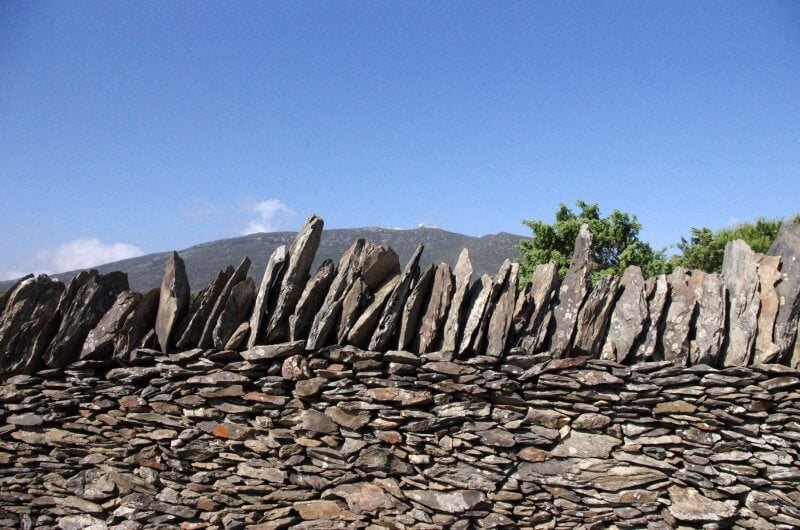
Tourist trains in Cadaqués
From April to October, the resort operates tourist trains Es trenet de Cadaquez. There are 2 routes:
- Getting to know the city’s sights: near the Old Town, along the central city square, through Port Lligat to the Salvador Dali House Museum.
- Getting to know natural attractions: past the Cap de Creus cape and the lighthouse of the same name.
You can find out the train schedule, departure point and cost of the excursion on the official website http://www.estrenetdecadaques.cat/.
Beaches of Cadaques
Since Cadaqués is a Mediterranean resort in Spain, we cannot help but talk about its beaches, which are part of the Costa Brava tourist coast.
The coastline here has a complex shape, as if it were cut into many small sections. Therefore, the local beaches are small and picturesque.
City beach
Playa Grande is the main city beach of Cadaqués, which can only be reached via the embankment. The coastal strip is 200 m long, 20 m wide, and has a pebble-sand surface.
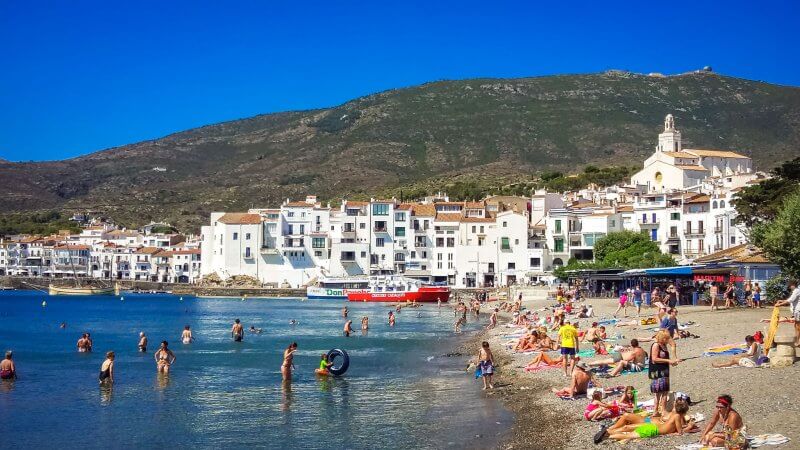
This is the best of the local beaches in terms of infrastructure, it is equipped with everything necessary for relaxation: changing rooms, showers, toilets, sun loungers for rent.
There are many bars, cafes and restaurants around Playa Grande, most of which are the most popular in Cadaqués.
There is a sailing centre here, you can rent kayaks, and from here you can take a boat cruise along the Costa Brava.
This beach is very crowded, especially in season. It is very popular with families with children, which is explained by the smooth entry into the water and the shallow depth near the shore.
Port of Argel
This is the closest beach to the Old Town and is extremely modest in size. In summer, the townspeople keep their boats here, which makes the space even smaller, and it also affects the cleanliness. But if after a trip to the sights you want to swim in the sea as soon as possible, this place is quite suitable. The shore is also pebbly and sandy, the descent into the water is convenient.
Llanay Grand and Llanay Petit
These beaches, located one after another, are the main alternative to the city beach. Playa de Llane Gran, which means “big”, is 130 m long and 12 m wide. Playa de Llane Petit, which means “small”, is indeed much smaller than its neighbor.
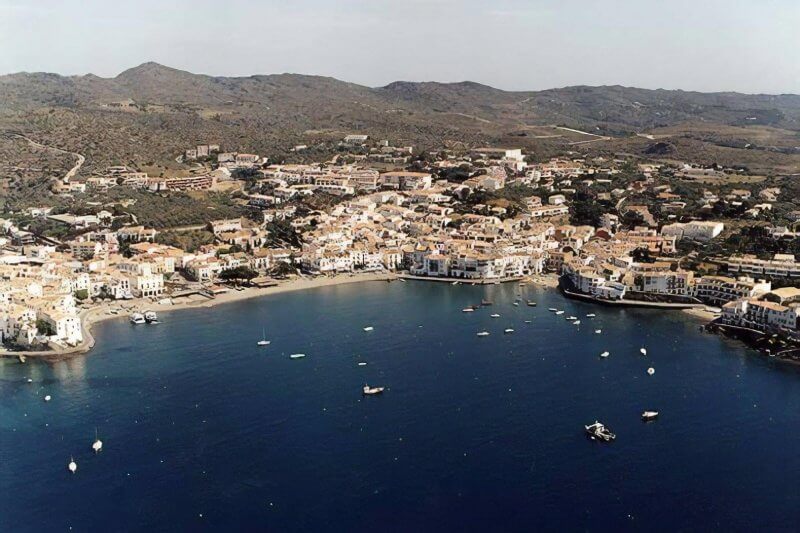
Both beach strips and the bottom near the shore are covered with flat pebbles. The entry into the water is smooth, but the depth increases faster than on the city beach. But the water here is always perfectly transparent and clean.
Amenities: changing rooms, showers, parking nearby.
You can only get to Llane Gran via the embankment, and then you can get to Llane Petit via it. From Llane Petit you can get to the island of Es Surtell – a neat bridge leads there. The island, completely covered with unusually twisted pine trees, has no beaches, but you can dive from the low cliffs.
How to get to Cadaqués from Barcelona
To get to Cadaqués, you first need to fly to Spain – the nearest airport is in Barcelona. You can go directly to the resort from the Catalan capital by train or bus.
Bus
The most convenient, simple and inexpensive way to get to Cadaqués is by bus.
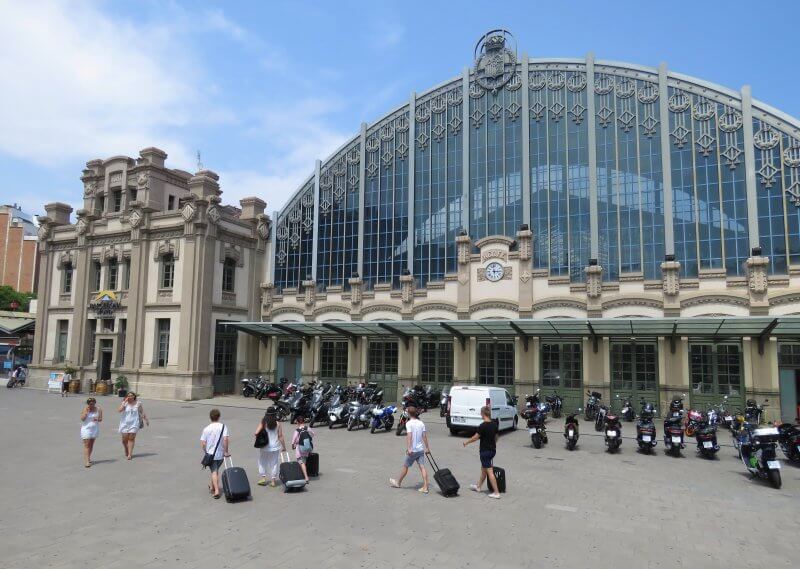
There are direct services in this direction from Estacio de Nord (North Station), located near the Arc de Triomf metro station. Sarfa buses depart at 8:00, 10:15, 12:15, 16:00 and 21:00. The journey takes 2 hours 45 minutes. The ticket costs 25 € and can be bought at the ticket office or online on the Estacio de Nord website: https://www.barcelonanord.cat/inici/.
The same buses pick up passengers at the airport, from both terminals. The journey to Cadaqués takes 3 hours 30 minutes. The ticket costs 27 €.
Train
There are no direct flights from Barcelona to Cadaqués, the only way to get there by train is to Figueres, and from there you need to take a bus.
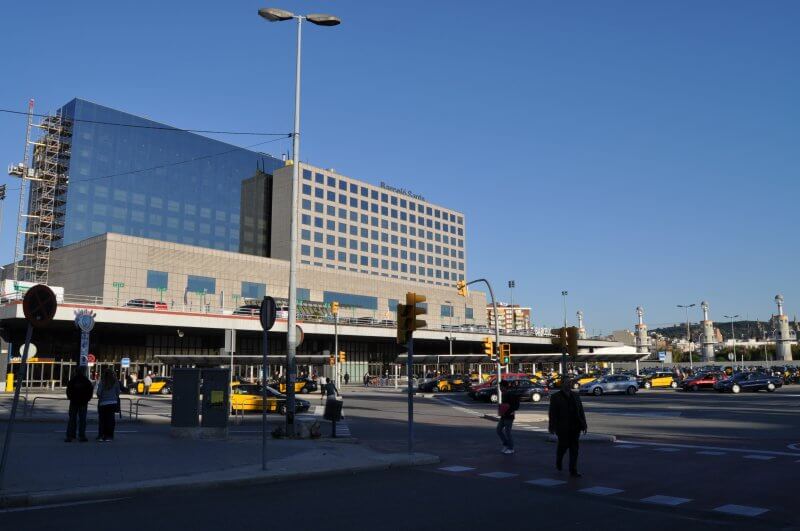
The most convenient way to get on the train to Figueres is at Barcelona Sants Central Railway Station. Electric trains run every 30 minutes, from 6:00 to 21:55. Travel time is 1 hour 40 minutes. The ticket price is €16, and not all tickets are sold online – for some only at the ticket office.
Next to the train station in Figueres there is a bus station, from there bus number 12 goes to Cadaqués (Spain). Departures occur every 3 hours, the journey lasts 50 minutes. The ticket costs 4.5 €.
Cordoba – an authentic medieval city in Spain

